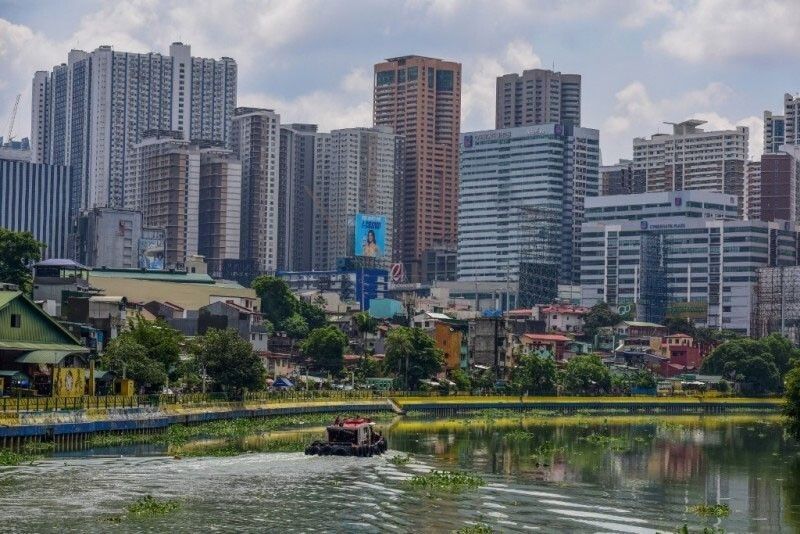Philippine economy seen to grow below target this year

MANILA, Philippines — The Philippine economy is expected to post a 5.6-percent growth this year, below the government’s target, amid challenges, such as high inflation, weakness in the global economy, and the impact of the pandemic, according to the World Bank.
In a briefing Tuesday, World Bank senior economist Ralph Van Doorn said the economy may grow by 5.6 percent this year. This is the same forecast provided by the multilateral lender in October.
The World Bank’s forecast is lower than the government’s six to seven percent growth target for this year.
The economy grew by 5.9 percent in the third quarter, faster than the 4.3 percent in the second quarter.
With growth in the January to September period at 5.5 percent, National Economic and Development Authority Secretary Arsenio Balisacan said earlier the economy would need to grow by 7.2 percent in the current quarter to meet the government’s growth goal for the year.
For next year and 2025, the World Bank expects the economy to have an annual growth of 5.8 percent.
These forecasts are also below the government’s 6.5 to eight percent growth target for 2024 and 2025.
Van Doorn said growth in the Philippines is expected to be affected by developments in the global economy.
“The Philippines is subject to global economic forces. And domestically, we have just had the pandemic,” he said.
Van Doorn said the pandemic has led to learning losses that may affect future productivity growth.
Ndiame Diop, World Bank country director for Brunei, Malaysia, the Philippines and Thailand said global growth has moderated this year due to high inflation and interest rates, sluggish trade, the conflict in Ukraine and the Middle East, as well as rising numbers of trade restrictions.
“Despite the challenging global environment that resulted in a slowdown for many countries in the region, the Philippines stands out as among the top performers,” he said.
He said growth in the Philippines is expected to be supported by a healthy labor market and declining inflation, which will stimulate household consumption.
The World Bank expects the country’s inflation rate to average 5.9 percent this year, and to ease to 3.6 percent next year and slow down further to three percent in 2025.
Inflation slowed down to 4.1 percent in November from the previous month’s 4.9 percent, bringing the average for the January to November period to 6.2 percent.
Diop said there are risks to growth, however, such as the potential escalation of geopolitical tensions that could lead to additional food and energy supply shocks and place additional pressures on inflation and keep interest rates higher for longer.
Domestically, the threat of El Niño and other climate disturbances may raise food supply challenges.
Van Doorn said among the World Bank’s recommendations is to use both monetary and non-monetary measures to contain inflationary pressures while continuing providing assistance to vulnerable sectors.
“In the long term, more effective public spending in agriculture could boost productivity and improve local food supply, thereby reducing the impact of food price shocks that disproportionately affect the poor,” he said.
Van Doorn said the flagship 4Ps cash transfer program, the digital food stamp program, cash subsidies to farmers, and fuel subsidies to public utility vehicle operators remain important tools to protect the income of the most vulnerable.
He said the Philippine economy could grow faster than the World Bank’s forecast over the next two years if reforms aimed at making the country more attractive to investments, such as the amendments to the Public Service Act, Retail Trade Liberalization Act, Foreign Investments Act, implementing rules and regulations of the Renewable Energy Act, as well as the Public-Private Partnership Code are implemented.
“We expect that this will lead to more growth, high capital stock and also a productivity effect because some of these sectors are currently dominated by fewer companies. It will be subject to more competition which may lead to low price of quality service and more profit. So, those factors will lead to higher growth in the future,” he said
- Latest
- Trending

























